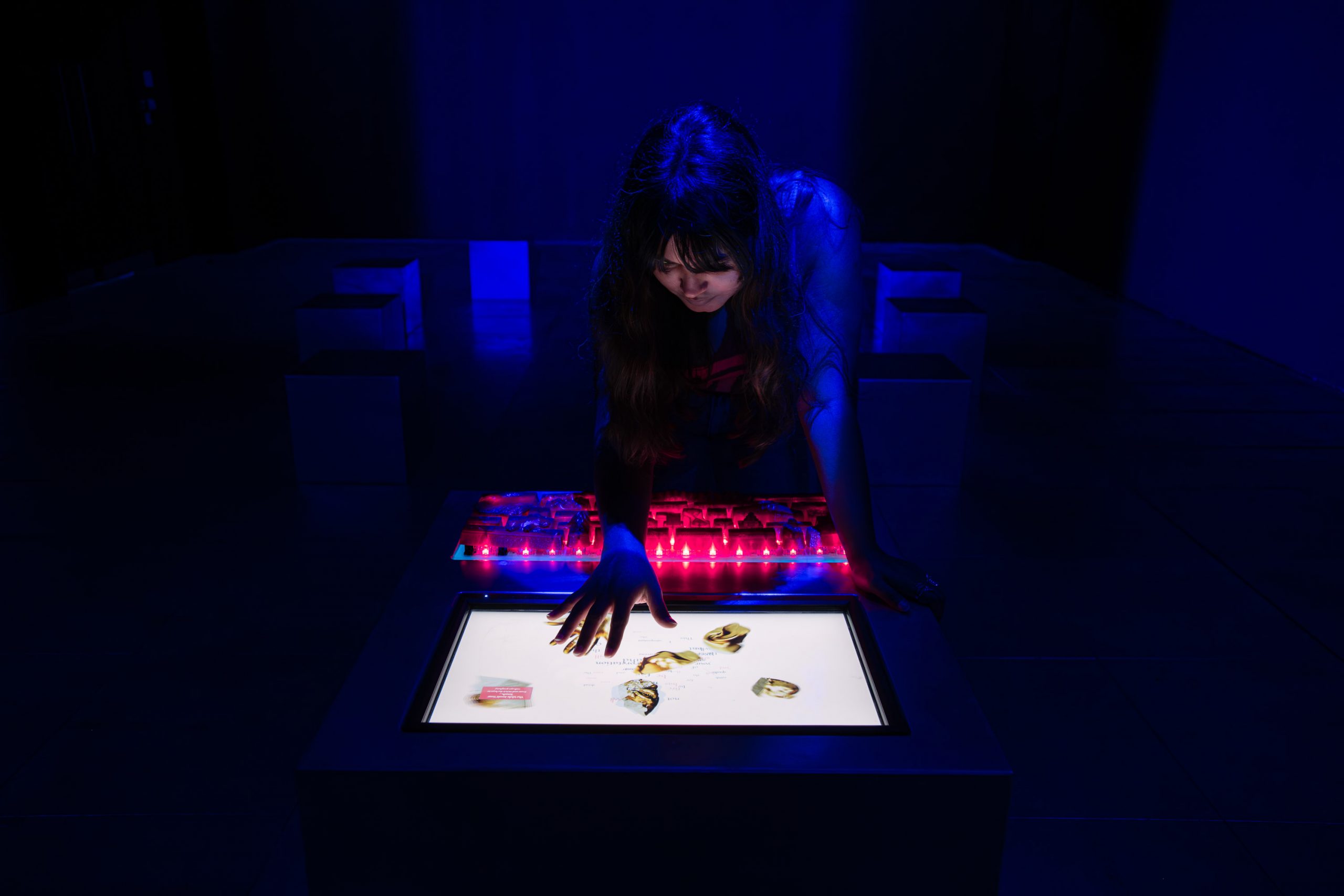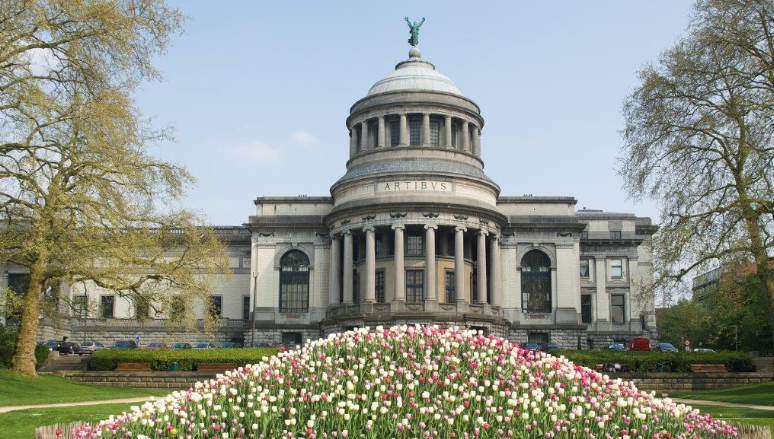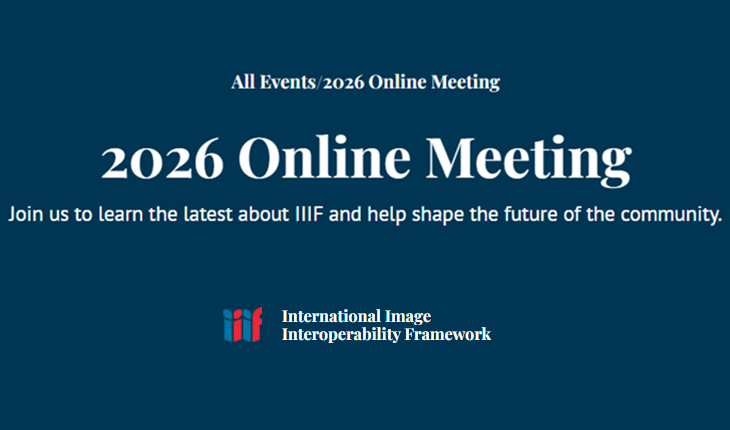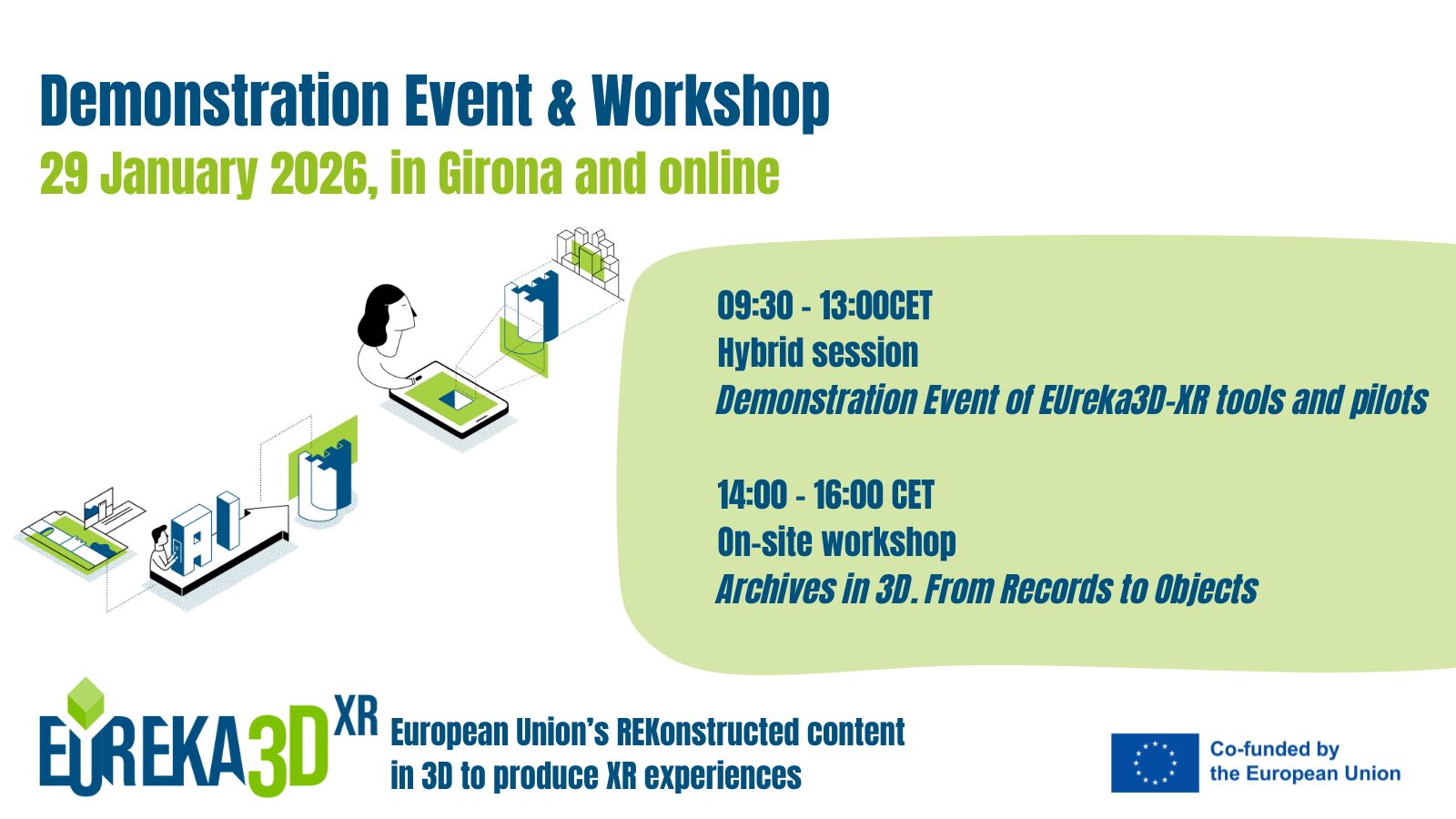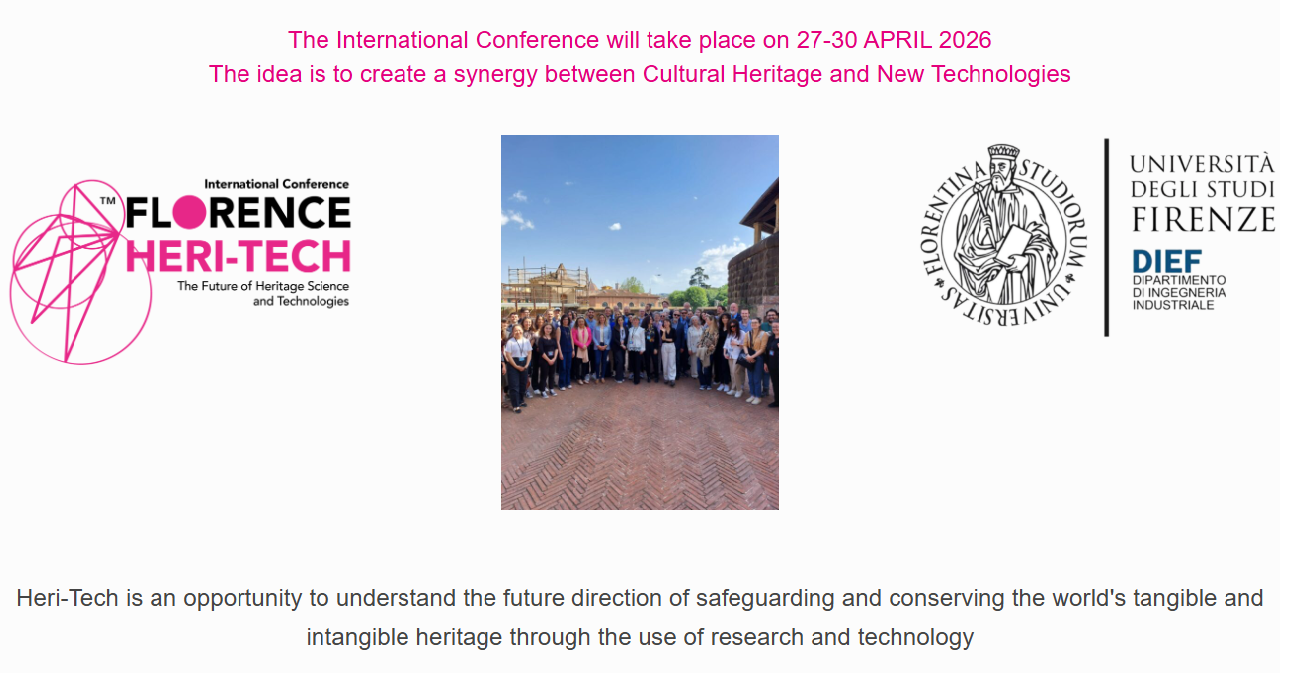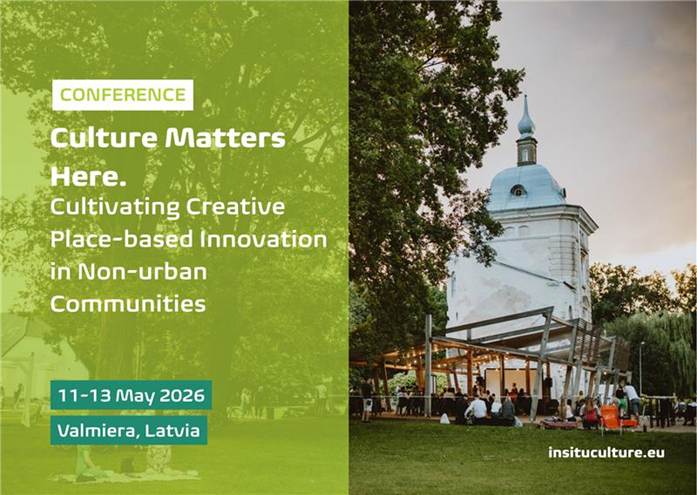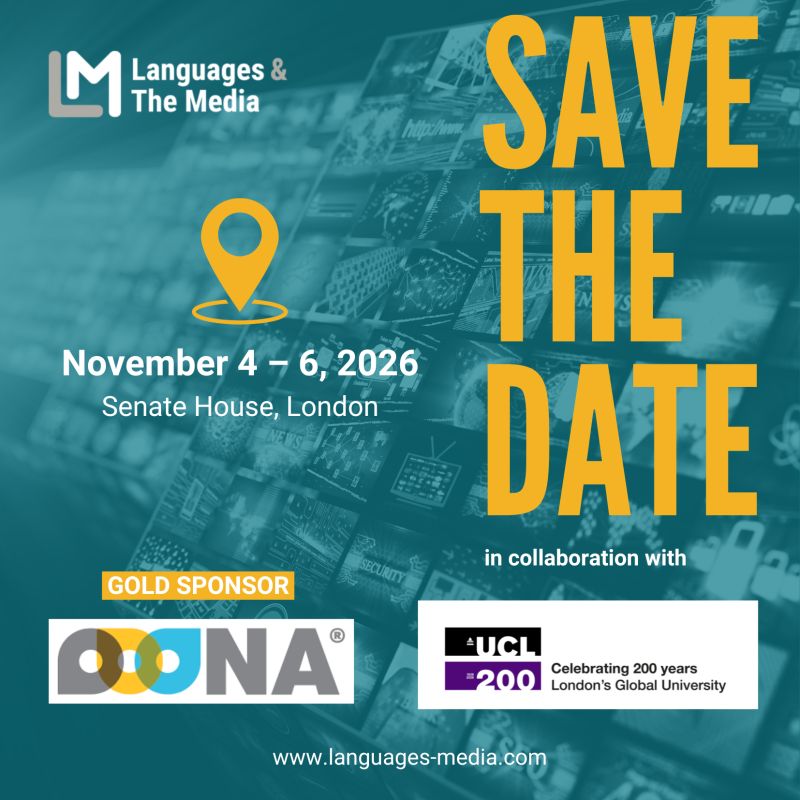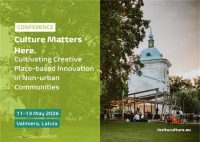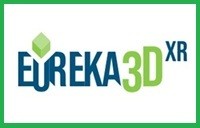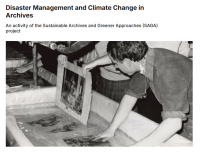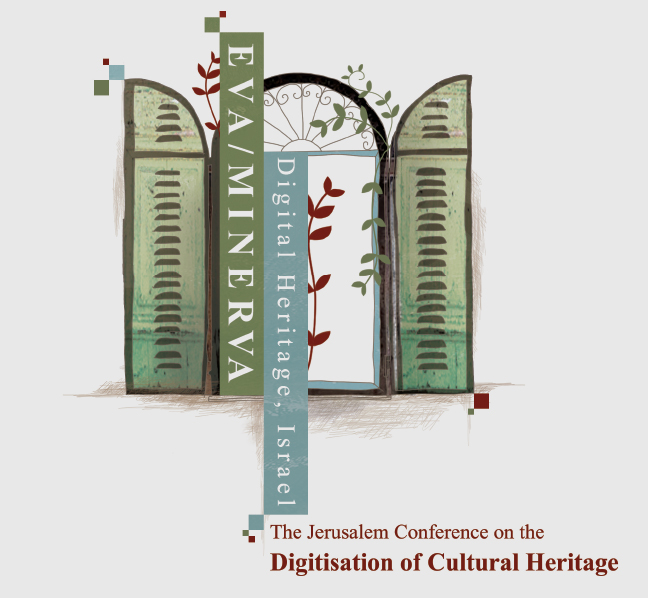
On 8 and 9 November 2015 the EVA / MINERVA 12th annual international conference for professionals in cultural heritage took place at the Van Leer Institute in Jerusalem. At the event, focused on the preservation and dissemination of cultural heritage through education and training in advanced information and communication technologies (ICT), colleague Marco Rendina presented, also on behalf of Fred Truyen, the Europeana Space project and in particular the Photo and TV pilot, in a panel together with other audiovisual related projects such as EUscreenXL, presented by Maria Drabczyk of the Polish National Audiovisual Archive, Europeana Sounds, presented by David Haskiya of the Europeana Foundation, and Forward, presented by Kerstin Herlt of the European Association of Cinematheques.
The presentation raised the attention of some Israeli memory institutions, including the Israel Museum in Jerusalem, that expressed their interest in joining the photography hackathon event in Leuven next February.
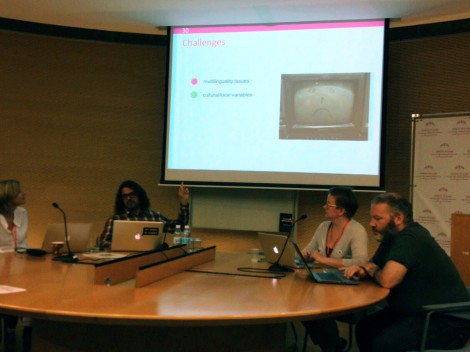
For more information about the conference and the program you can visit http://www.digital-heritage.org.il/digital-heritage/


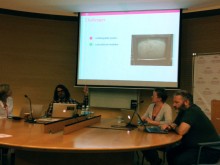
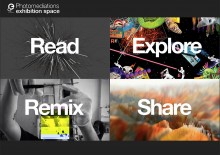
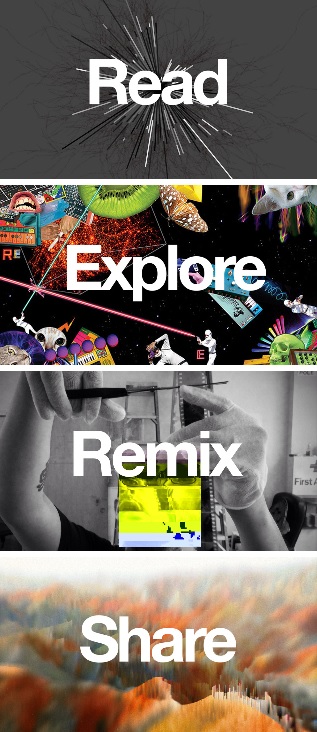 The editors of
The editors of 
 The RICHES Consortium launched in November 2015 a
The RICHES Consortium launched in November 2015 a 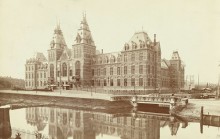
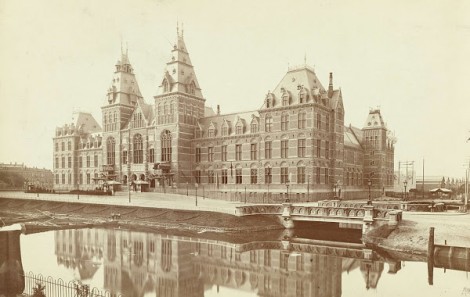
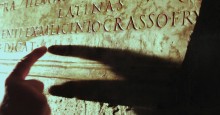
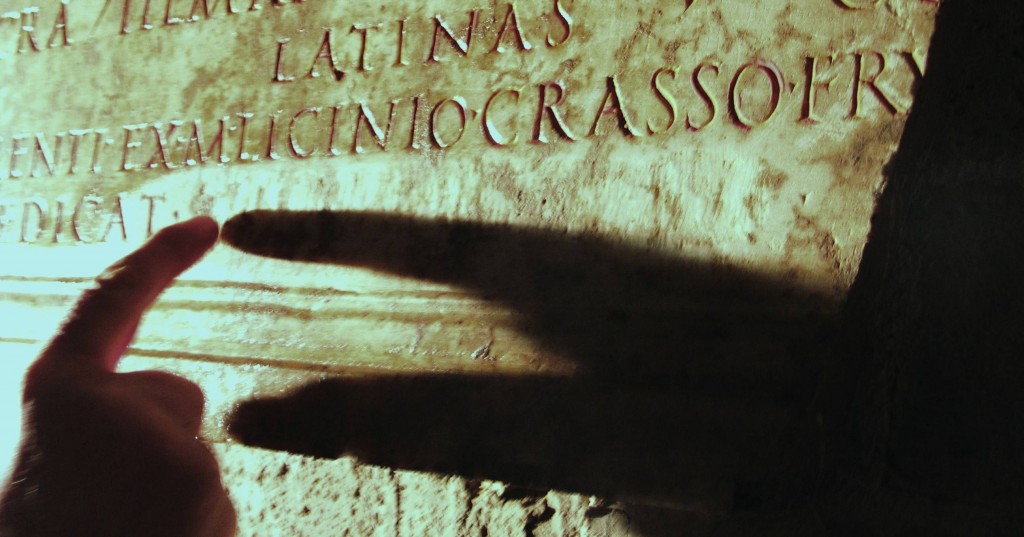
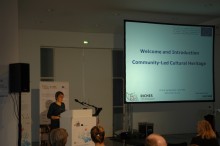
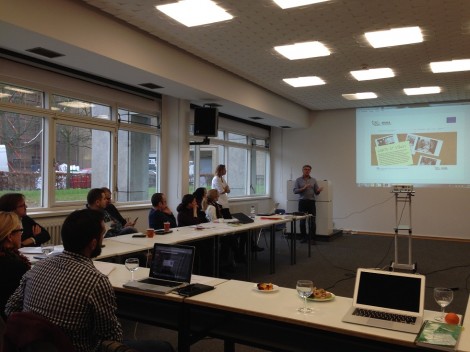 Jointed with the Civic Epistemologies final conference, partner SPK hosted the RICHES consortium for a double event in Berklin: the project plenary and the workshop session during the conference. On the 10 and 11 November 2015, the plenary meeting of the RICHES partners allowed the group to look back to the progress of the project so far, and to plan the next important steps, especially the next events to be organized in 2016:
Jointed with the Civic Epistemologies final conference, partner SPK hosted the RICHES consortium for a double event in Berklin: the project plenary and the workshop session during the conference. On the 10 and 11 November 2015, the plenary meeting of the RICHES partners allowed the group to look back to the progress of the project so far, and to plan the next important steps, especially the next events to be organized in 2016: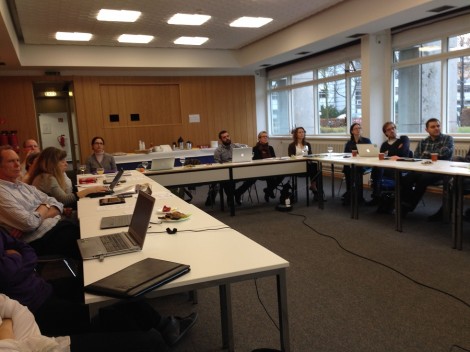 An important research action was inaugurated in the plenary and will involve all the partners and affiliate partners of the project: a questionnaire about PPP Public-Private Partnerships, which will constitute the basis of the RICHES task on developing guidelines about this particular form of agreements for project implementation.
An important research action was inaugurated in the plenary and will involve all the partners and affiliate partners of the project: a questionnaire about PPP Public-Private Partnerships, which will constitute the basis of the RICHES task on developing guidelines about this particular form of agreements for project implementation.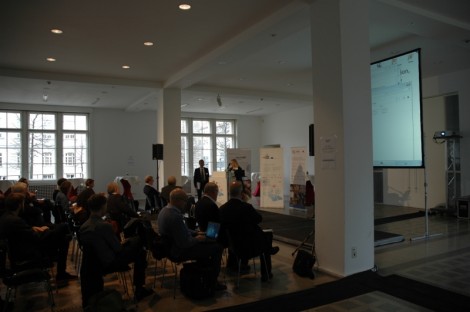
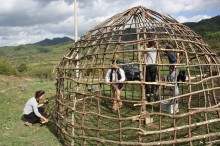
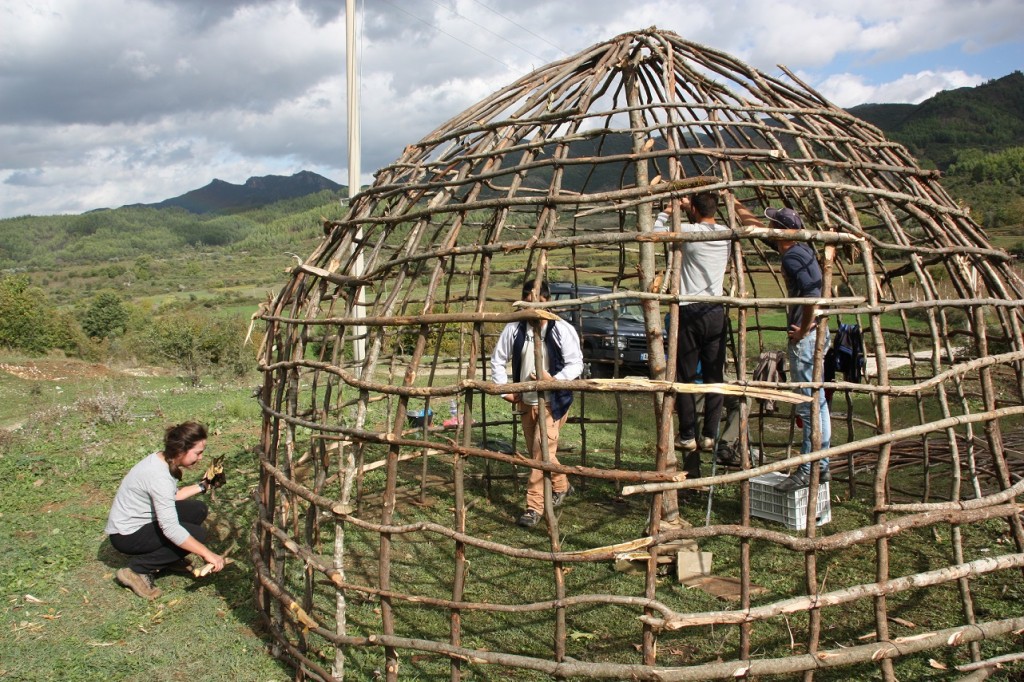


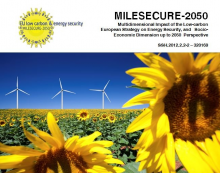
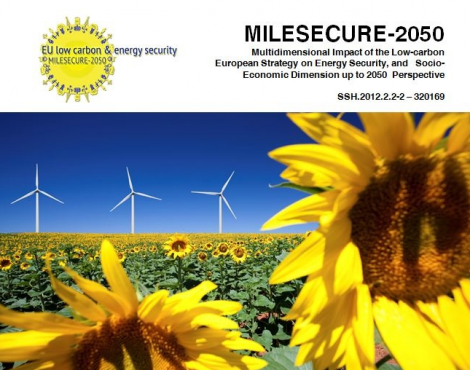
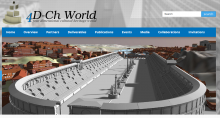
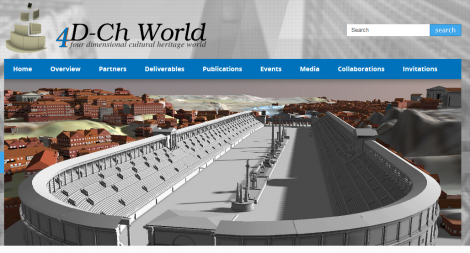 The Marie Curie Fellow will work within the
The Marie Curie Fellow will work within the 